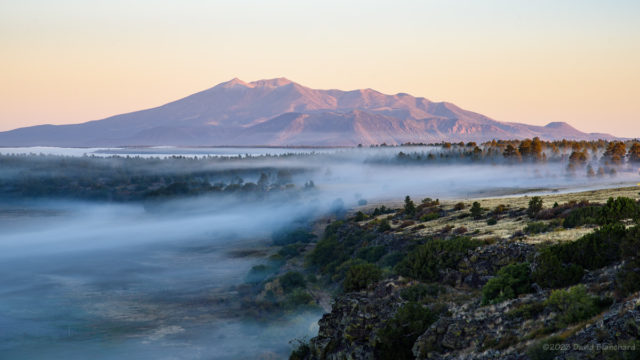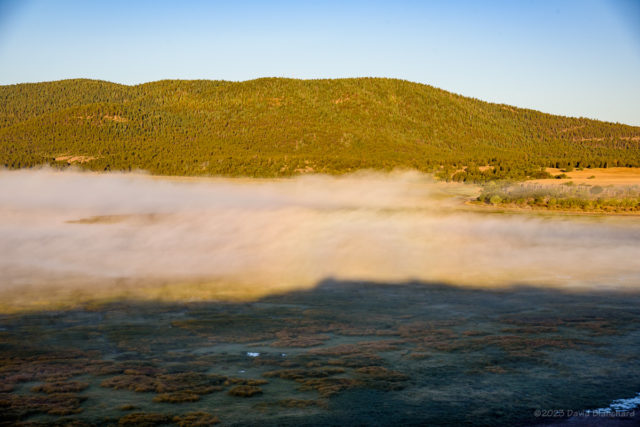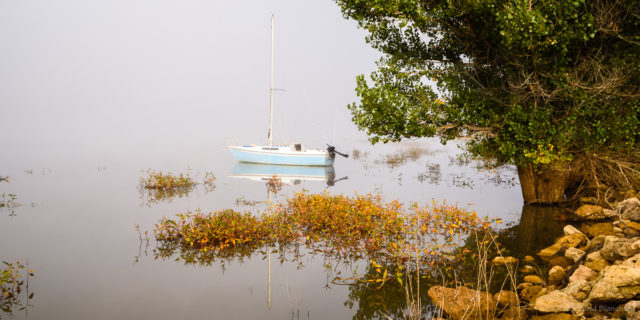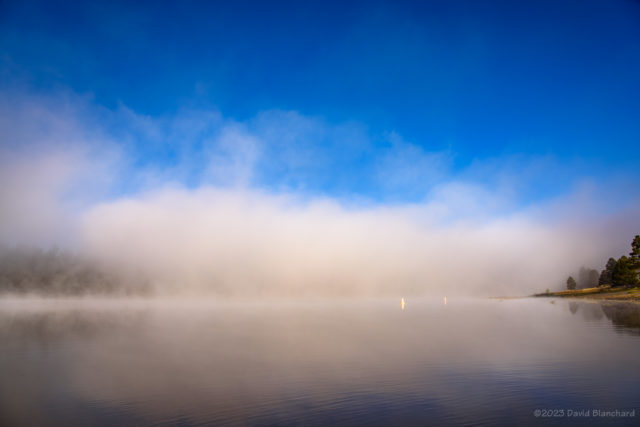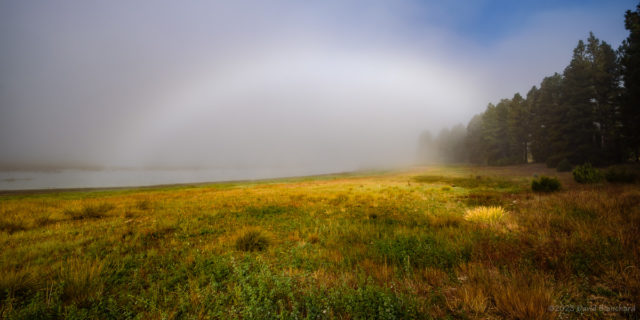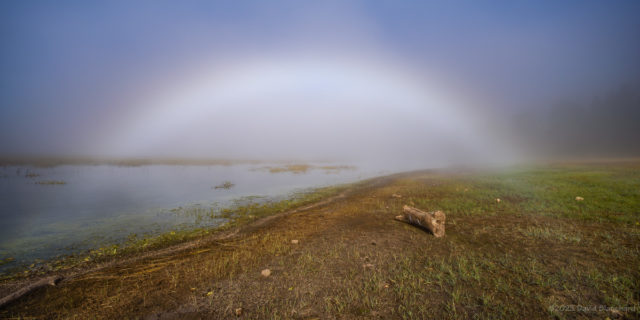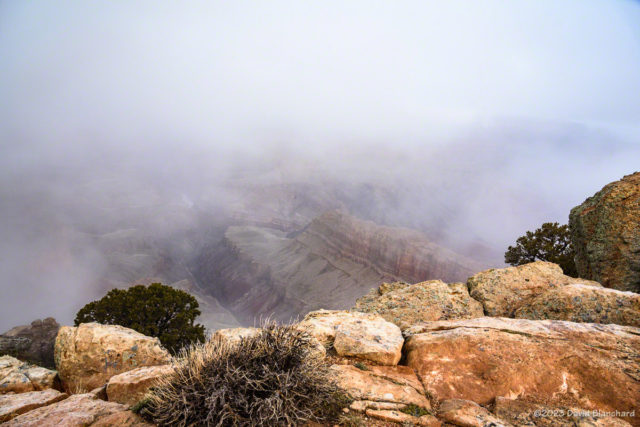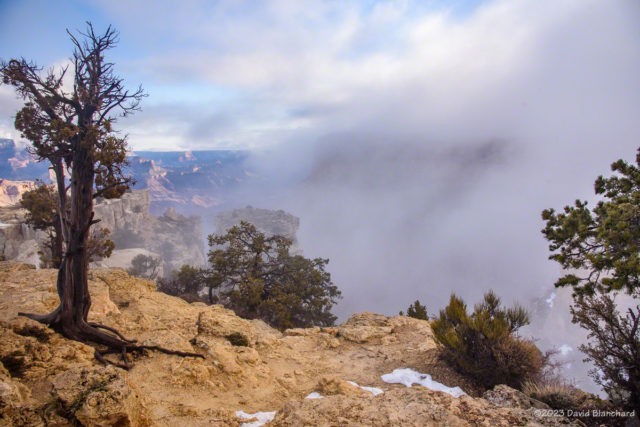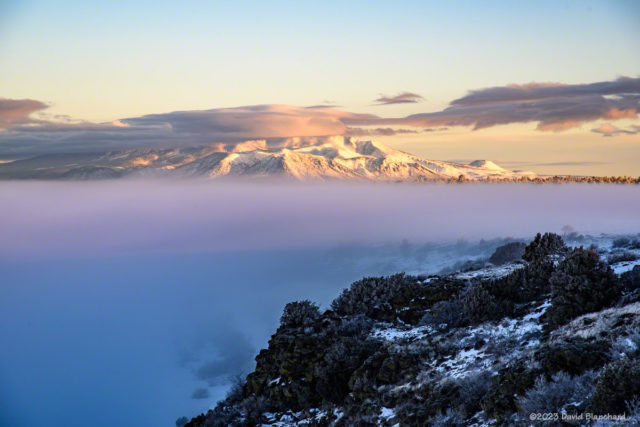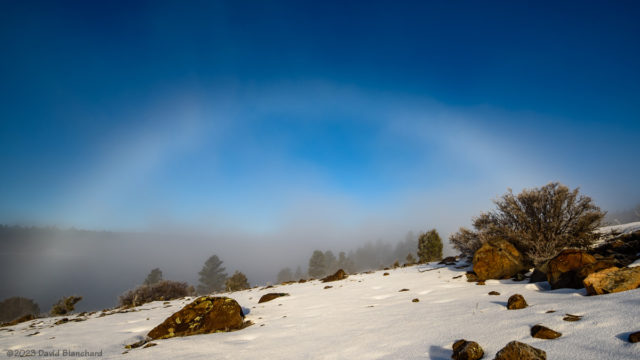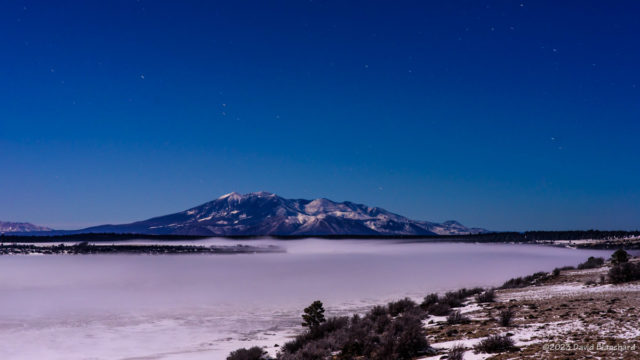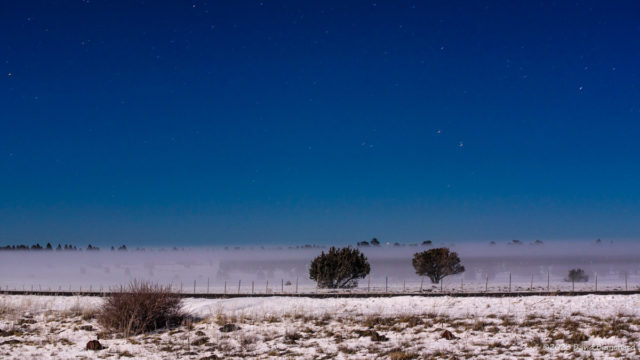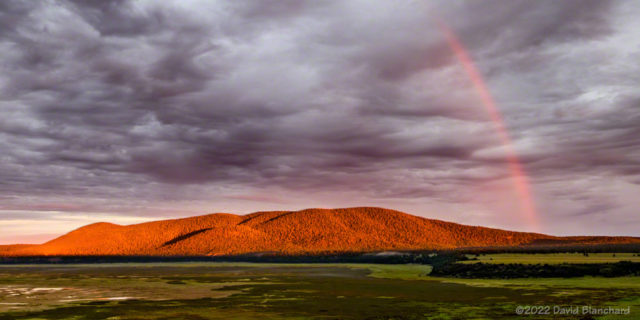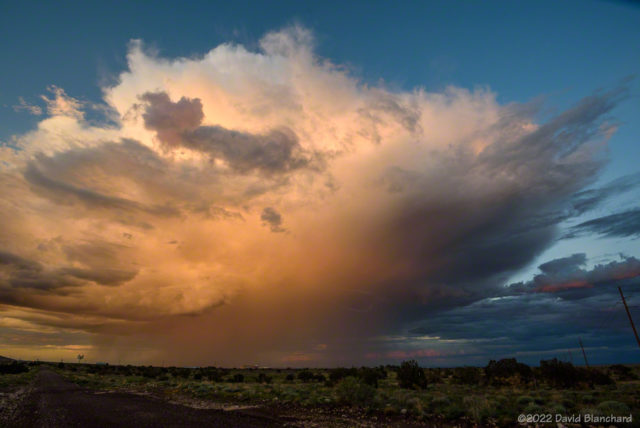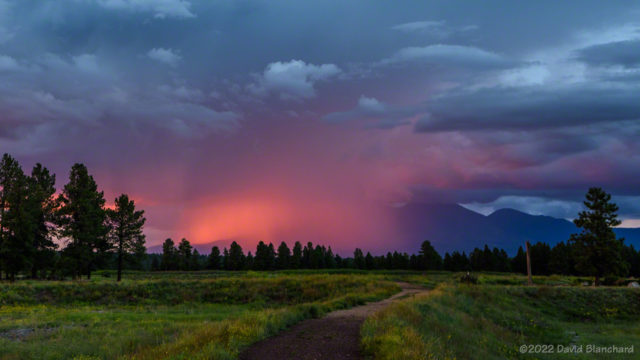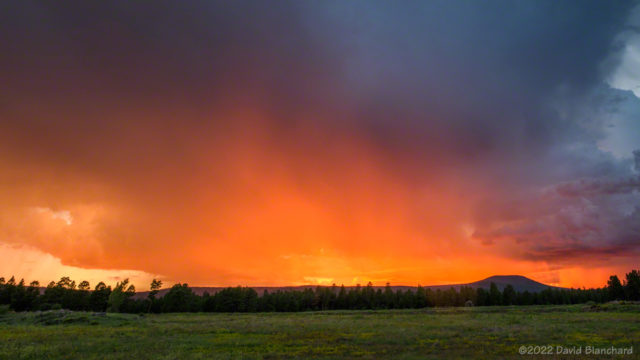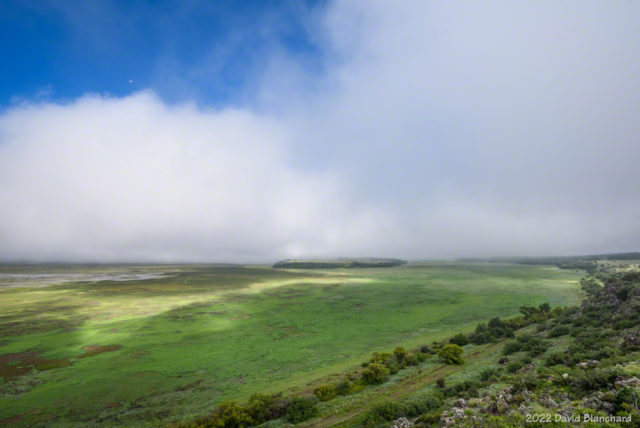As mentioned in an earlier post the monsoon had a late start this year–and ended about the middle of September which is fairly typical.
02 September 2023
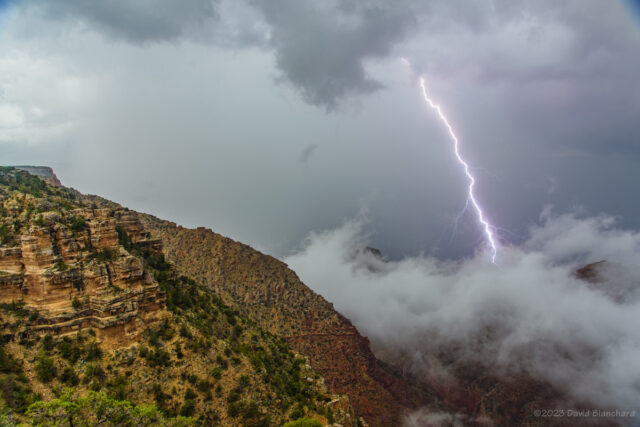
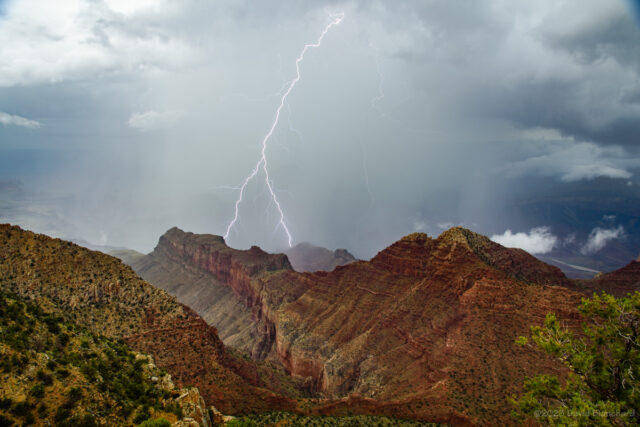
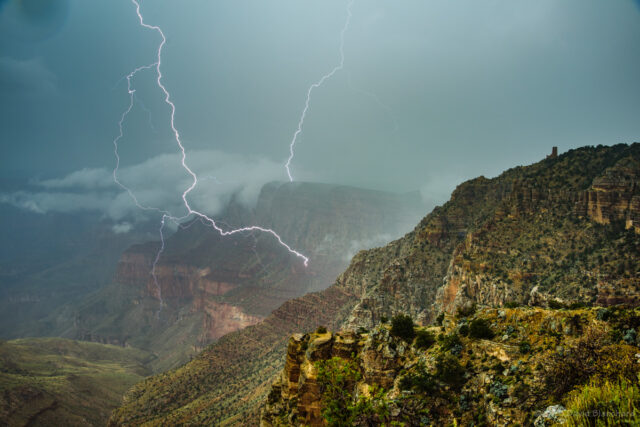
I went to Grand Canyon early and was photographing storms shortly before 3 P.M. It was interesting and unusual because fog rapidly developed deep inside the canyon as the storms approached from the south. For a moment I wasn’t certain I would see anything in the reduced visibility. But close lightning bolts dropped from the cloud base above, through the clear air, and then disappeared in the fog in the inner canyon. It was really spectacular to see this.
Another storm dropped a lightning bolt into the canyon near Desert View Tower with multiple contact points. Wow!
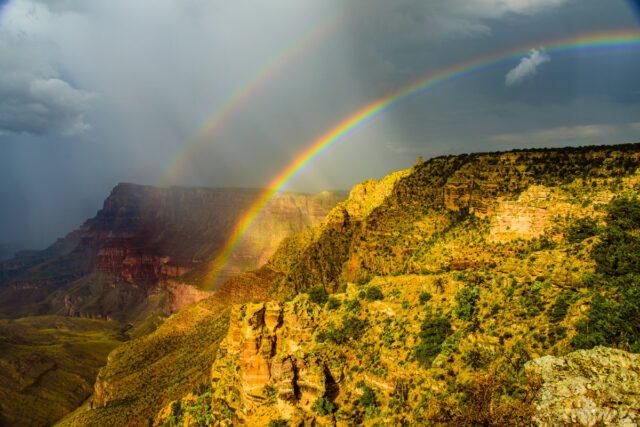
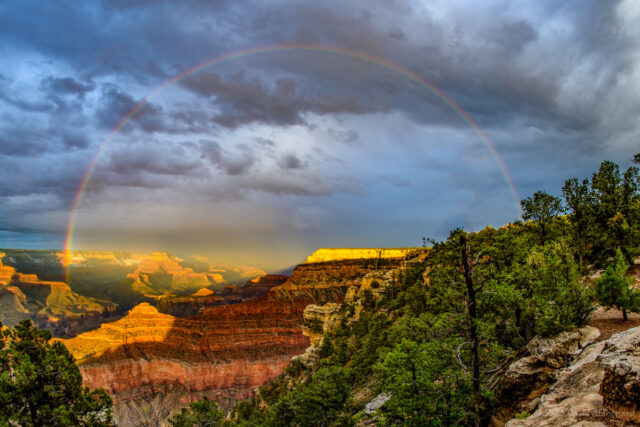
And then the rainbows arrived with some brilliant and colorful arcs of light over Desert View point. Finally, just moments before sunset, another rainbow stretched from the North Rim to the South Rim.
It was an amazing day.
12 September 2023
An early evening storm produced a lot of in-cloud lightning that lit up the thunderstorm at the same time that the setting Sun was illuminating it from the West. And all of this was reflected in the waters of Mormon Lake.
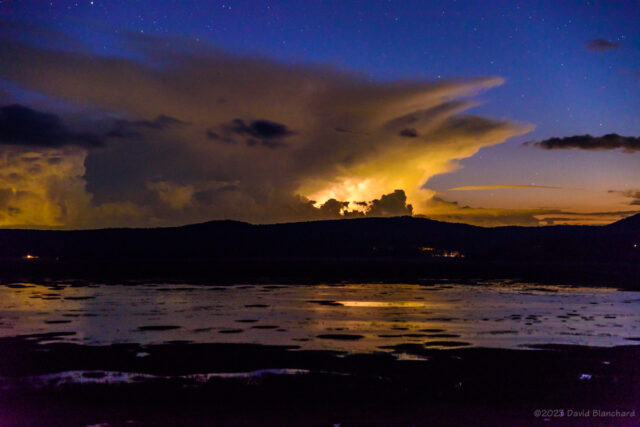
13 September 2023
Storms were more isolated this day allowing for nice views of the convection. I was able to get several photographs of the storms over the Little Colorado River (LCR) valley as I was heading towards Grand Canyon. Late in the afternoon a short segment of a rainbow appeared over the LCR.
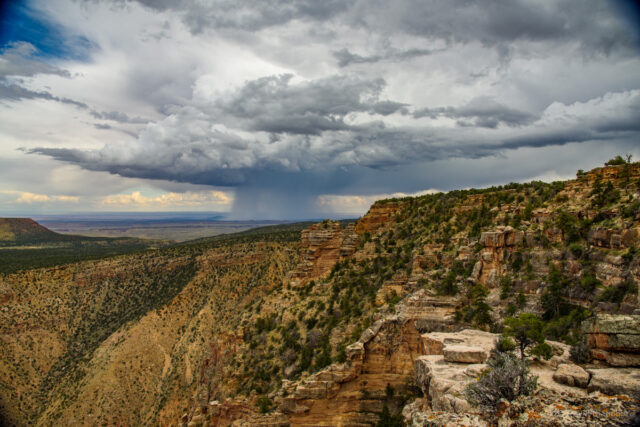
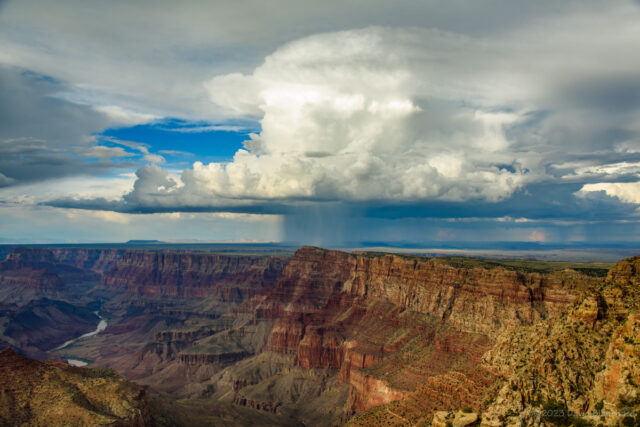
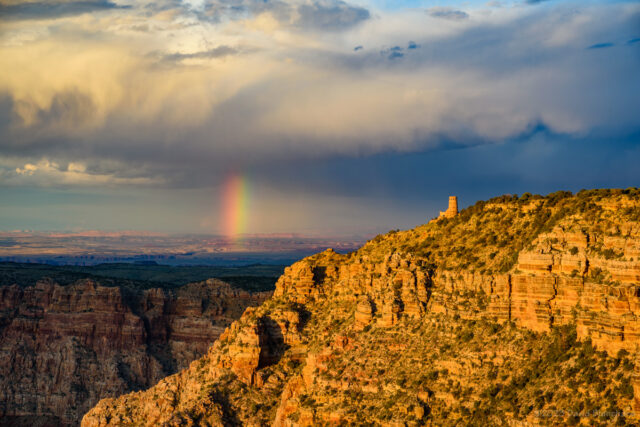
14 September 2023
I spent the late afternoon and early evening in Wupatki National Monument and was able to get some really great sunset photographs. There was lightning after dark but most of it was too far away for interesting structure and branching.
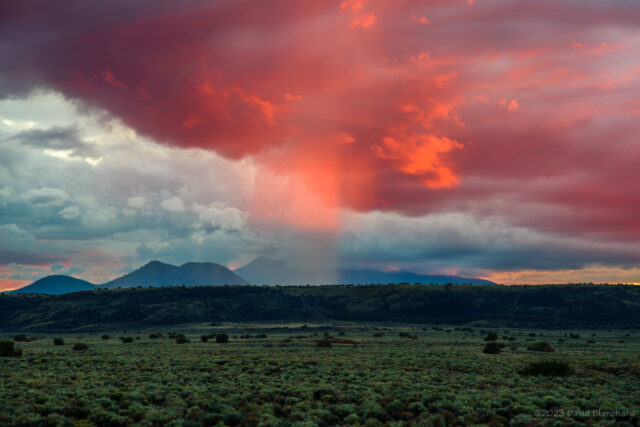
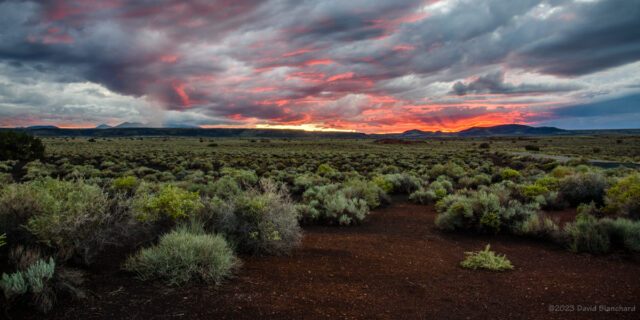
15 September 2023
Late afternoon and early evening storms were present to the west of Mormon Lake. I kept hoping for some dramatic lightning with sunset color–but only got the latter. It was still pretty good!
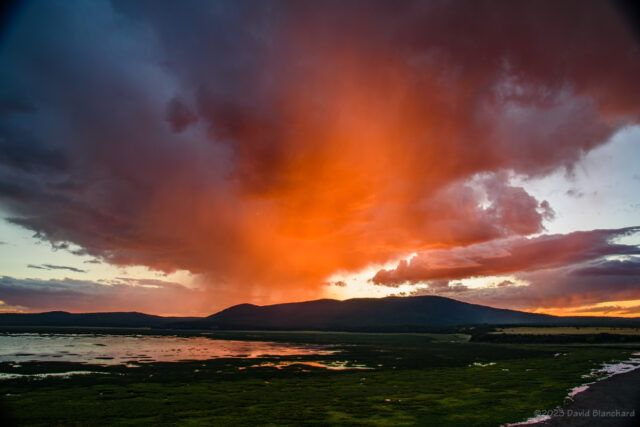
17 September 2023
I was actually trying to photograph Comet C/2023 P1 Nishimura but these clouds were in the way. This was taken well after sunset and the color was pretty remarkable.

So after a late start the monsoon season produced many photogenic opportunities for clouds, sunsets, fog, and lightning. And now the long wait until next season.
Previous posts on the 2023 North American Monsoon:
